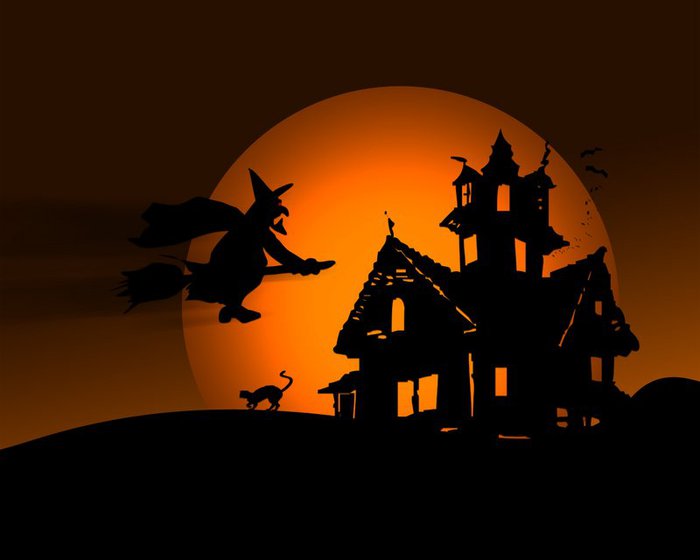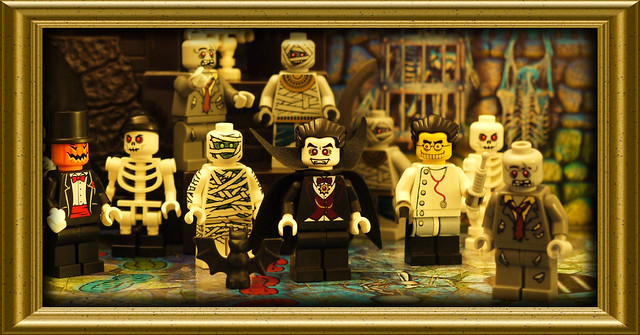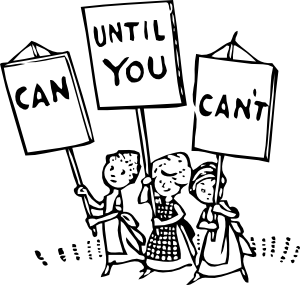
Halloween falls on the 31st October of every year and is a time when
people dress in scary costumes, go trick or treating and play traditional
Halloween games, such as apple bobbing.
Halloween involves a variety of traditions from different cultures and
religions and there are many interpretations of these.
The word Halloween is a modern interpretation of its original name, All
Hallow's Eve. The first day of November was traditionally celebrated by the
Catholic Church as All Hallow's Day when they took time to pay their respects
to the saints.

The date of Halloween, 31st October, marked the end of the Celtic year
and was believed to be the day when the spirits of those who died in the
previous year would come back and possess a body of the living to allow
themselves into the afterlife. However, the people who were living were not
keen on being possessed and would dress up in scary costumes to try and
frighten away spirits.
Trick or treating nowadays involves dressing up in costumes and knocking on neighbours doors for treats. If treats are not given then tricks are played on the neighbour. Trick or treating is thought to have come from a traditional European
custom called 'souling'. It is believed that Christians used to go from door to
door in villages to ask for soul cakes and for every cake you gave them they
would say a prayer for one of your dead relatives.
What is apple bobbing and where does it come from?
The Romans used to celebrate Pomona, their goddess of fruit, in October
and the symbol for Pomona was an apple. It is believed that this is where the
Halloween tradition of apple bobbing comes from.
Where does the name Jack O'Lantern originate from?
Carving a face in a pumpkin and placing a candle inside is to represent
the Irish folklore about a man called Jack. It is thought that Jack was a
notorious trickster and once even managed to trap Satan up a tree. When Jack
died, he was refused from heaven because of his bad behaviour and as revenge;
Satan refused Jack entry into hell, but gave him a single ember to guide him
through the darkness. The ember was said to be placed inside a turnip to make
it last longer. Over time the turnip has changed to a pumpkin.








